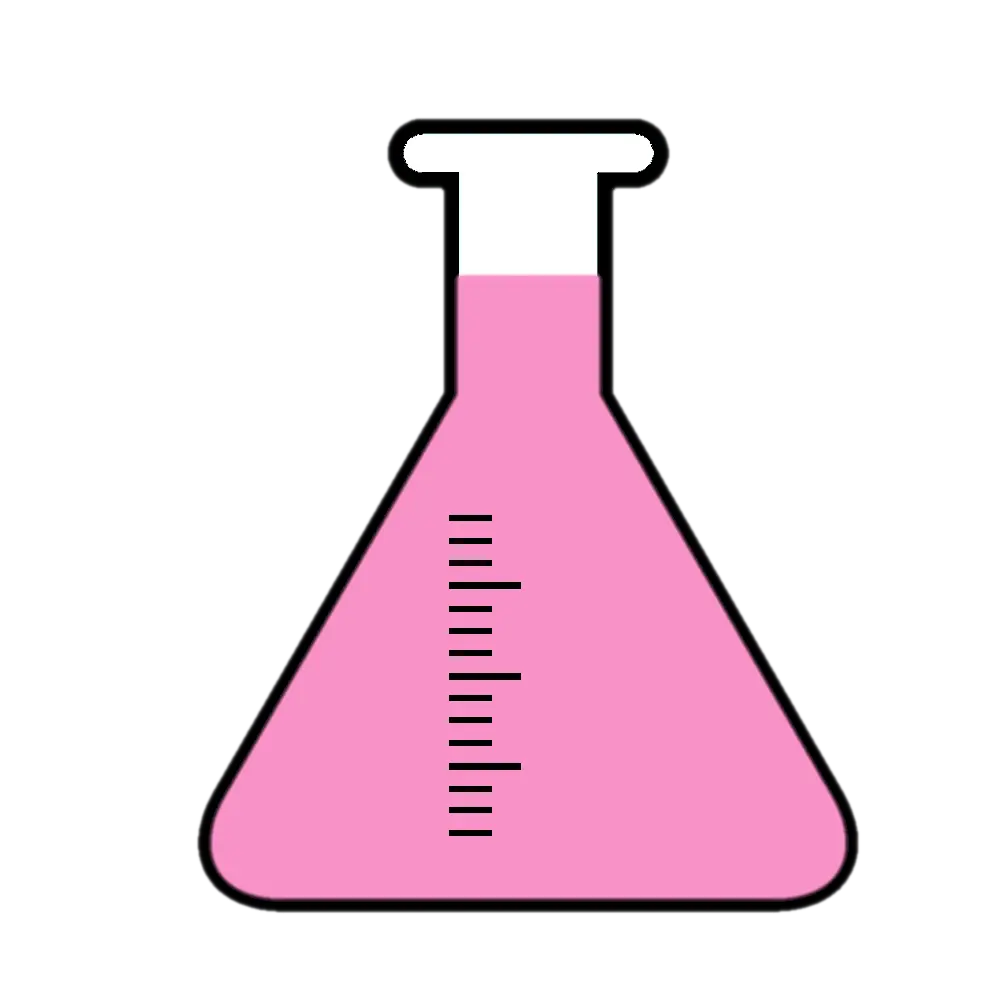- cross-posted to:
- science@beehaw.org
- cross-posted to:
- science@beehaw.org
The inverse vaccine, described in Nature Biomedical Engineering, takes advantage of how the liver naturally marks molecules from broken-down cells with “do not attack” flags to prevent autoimmune reactions to cells that die by natural processes.
PME researchers coupled an antigen — a molecule being attacked by the immune system— with a molecule resembling a fragment of an aged cell that the liver would recognize as friend, rather than foe. The team showed how the vaccine could successfully stop the autoimmune reaction associated with a multiple-sclerosis-like disease.


The process had been known for a while, but researchers got considerably better at recreating it artificially. :) The potential of this method for treating acquired autoimmunity and allergies looks big, to say the least. It is less likely to help against translplant rejection.